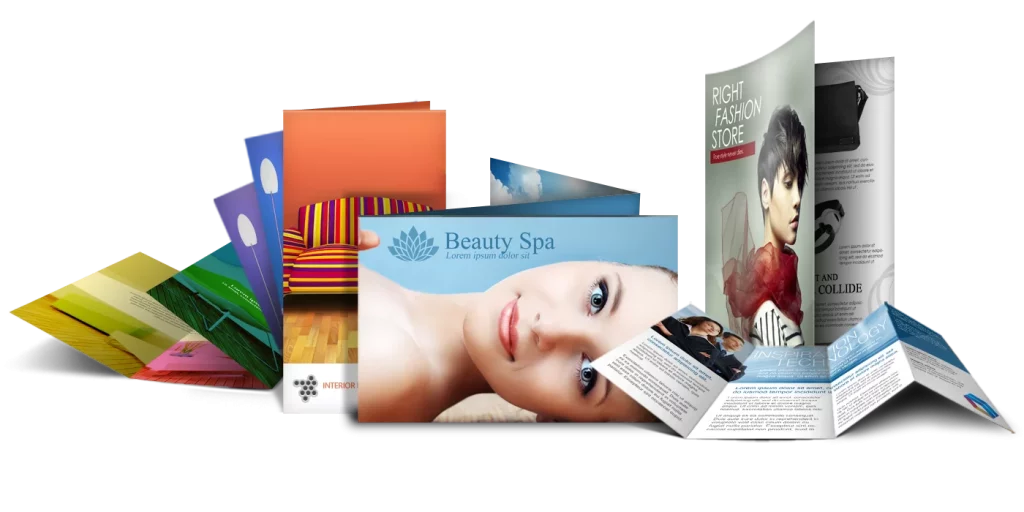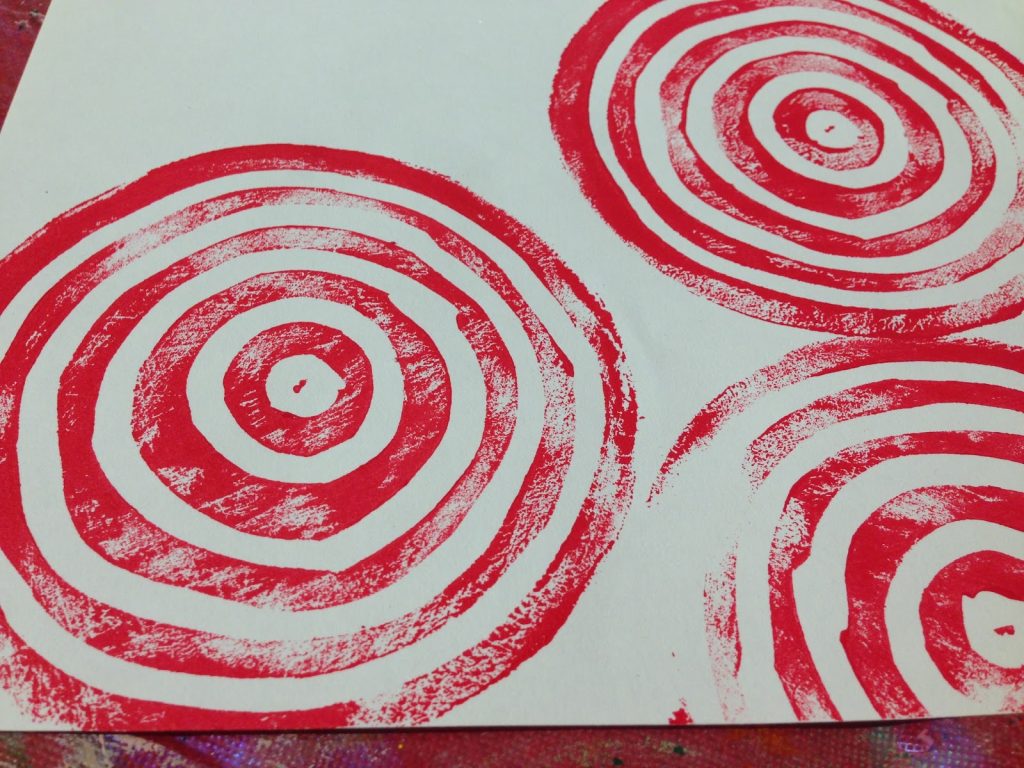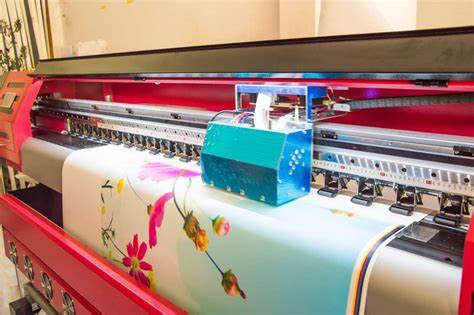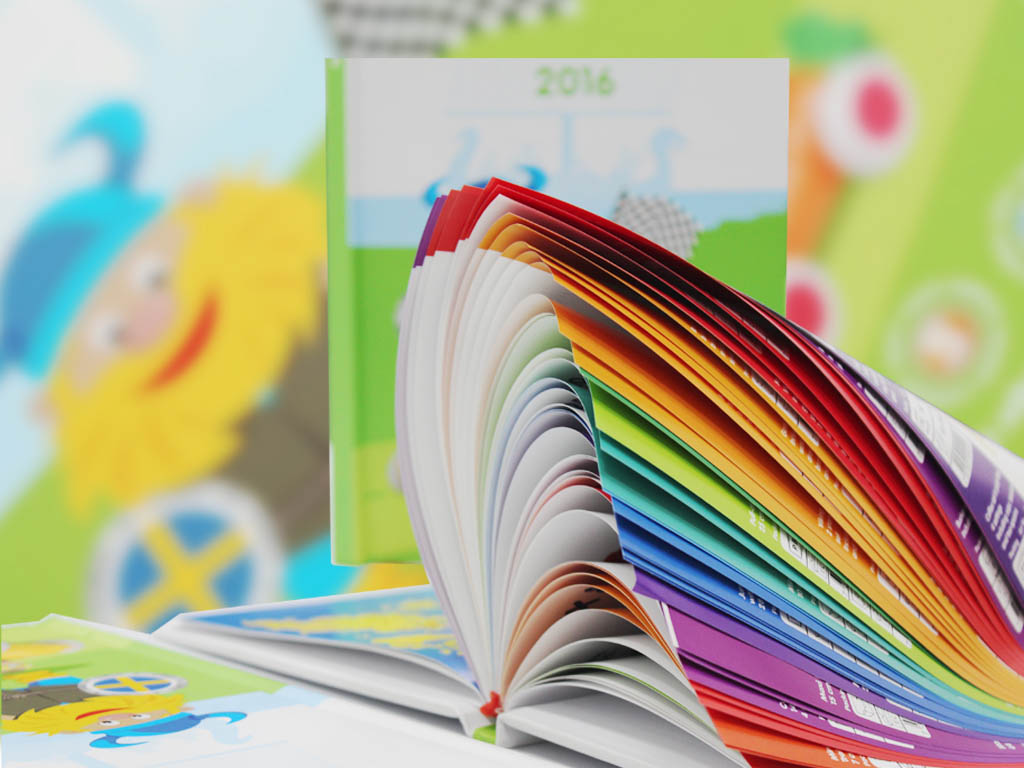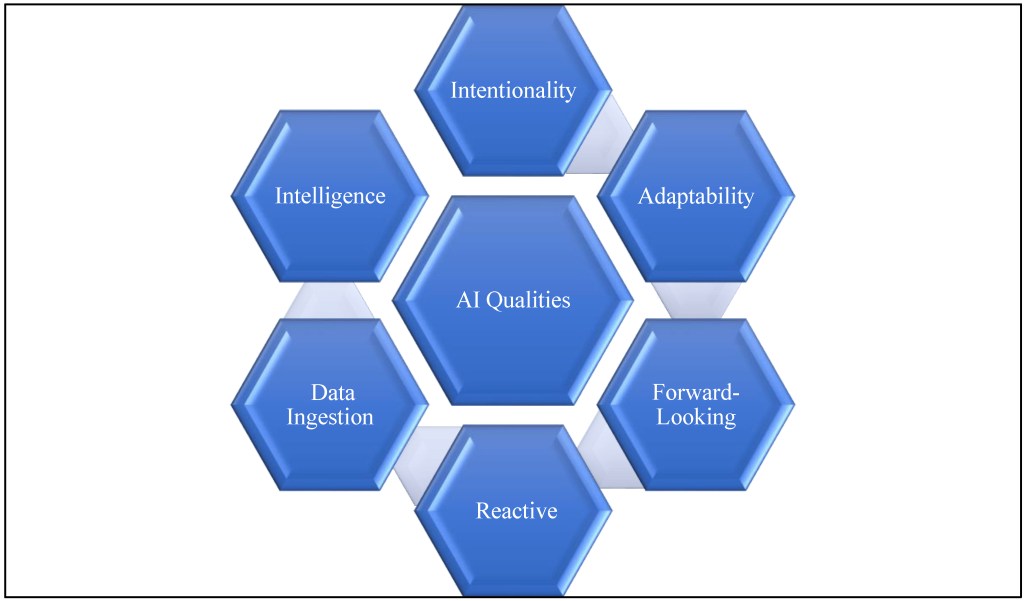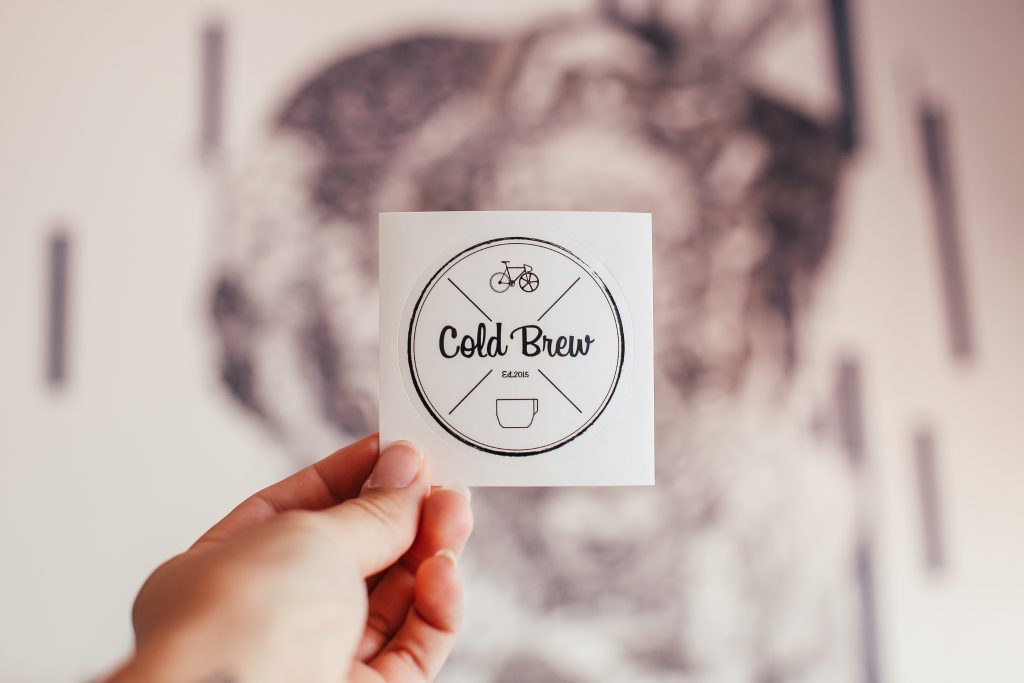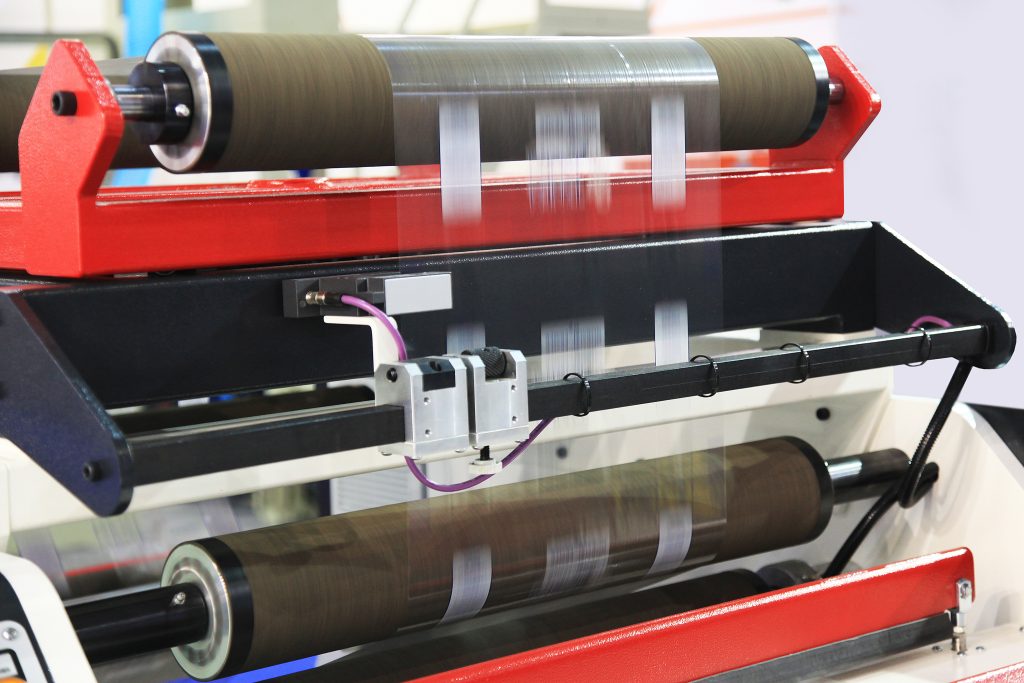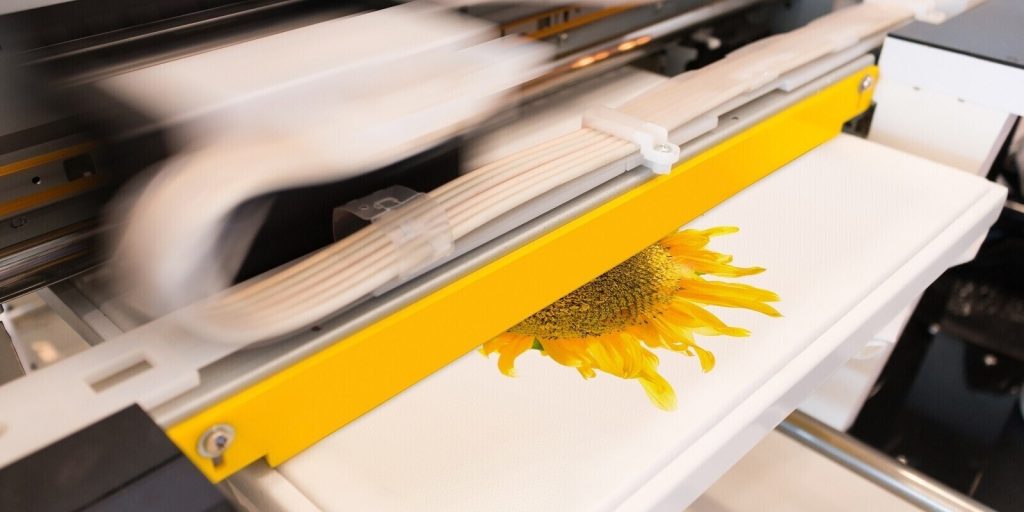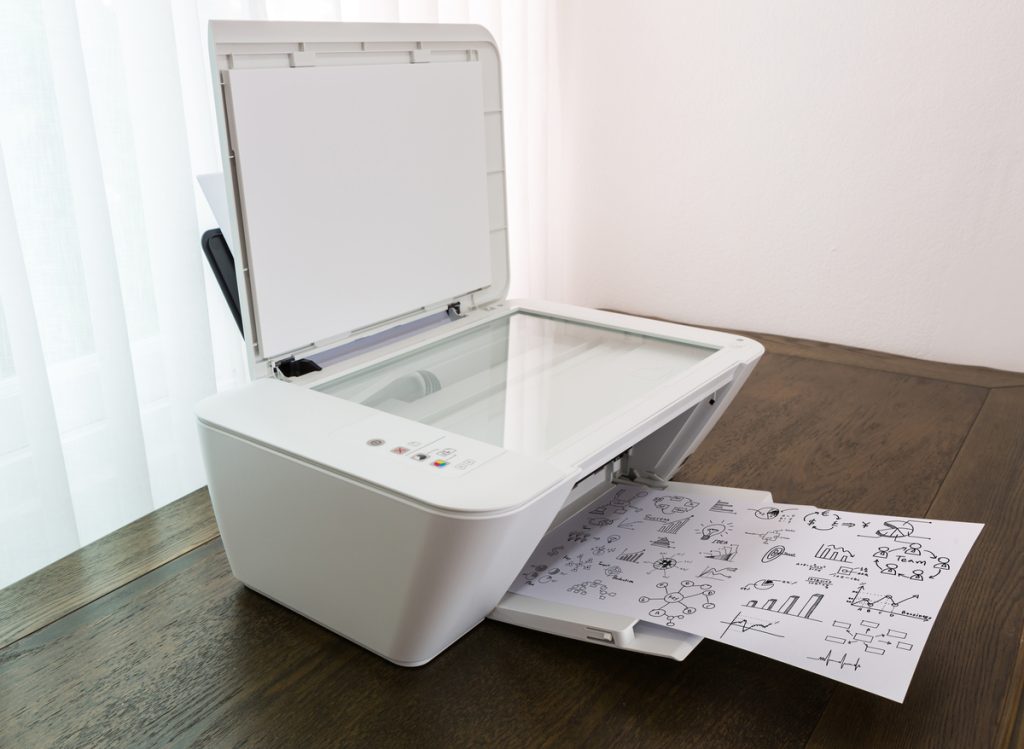Print Marketing 101: The Top 5 Strategies Every Marketer Should Master

In today’s fast-paced digital world, where we are bombarded with online ads and email campaigns, print marketing offers a refreshing break from the noise. With its tactile nature and ability to engage multiple senses, print materials have a unique ability to capture attention and leave a lasting impression. So, if you’re ready to take your marketing efforts to the next level, it’s time to master the top 5 print marketing strategies that every marketer should know.
In this article, we will explore the top 5 strategies that will help you leverage the power of print marketing to boost your brand awareness, generate leads, and ultimately drive more conversions. From direct mail campaigns to brochures and flyers, we’ll delve into the key tactics and best practices that will ensure your print marketing efforts are effective and successful. So, let’s dive in and discover how you can make print marketing work for your business.
Strategy 1: Develop Your Brand
Developing a strong brand is essential for any successful marketing strategy. Your brand is not just a logo or a tagline; it is the identity and reputation of your business. A well-developed brand can help in attracting and retaining customers in several ways.
Firstly, a strong brand creates a unique value proposition that sets you apart from your competitors. It communicates to your target market why they should choose your products or services over others. This unique value proposition helps in differentiating your business and building a loyal customer base.
Secondly, brand development involves thorough market research to understand your target market, their needs, and preferences. This research enables you to tailor your marketing efforts and messages to effectively reach and engage with your potential customers. By speaking directly to their interests and desires, you can capture their attention and build strong relationships with them.
Lastly, a well-developed brand establishes trust and credibility with your audience. When customers recognize and believe in your brand, they are more likely to choose your business over others. A consistent and reliable brand experience across all touchpoints helps in building this trust and encourages customers to not only make an initial purchase but also continue buying from you in the long term.
Strategy 2: Compelling Design And Copywriting
In the world of print marketing, a powerful visual design and persuasive copy can make all the difference in captivating your target audience and influencing their actions. Compelling design and copywriting is an essential strategy every marketer should master.
When it comes to print materials such as flyers, brochures, or direct mail, an eye-catching design is what grabs the attention of your audience. A well-thought-out color scheme, visually appealing images, and a clear layout can immediately draw the reader in. A compelling design creates a positive first impression, making your materials stand out from the competition.
Equally important is persuasive copywriting. Your words have the power to engage and influence your audience. Through persuasive language, you can communicate the unique benefits of your product or service, address your target audience’s pain points, and provide solutions to their problems. Crafting a strong headline that captures attention, writing compelling product descriptions, and including a clear call-to-action can lead your audience to take the desired action.
When design and copywriting work together seamlessly, they create a powerful marketing tool that drives results. Compelling design enhances the effectiveness of your message, while persuasive copywriting makes that message resonate with your target audience. By understanding your audience’s needs and preferences, you can create design elements and copy that speak directly to them, sparking interest and influencing their decision-making process.
Strategy 3: Get Creative With Print Ads & Promo Materials
Print ads and promotional materials offer a unique opportunity to engage with your target audience in creative ways. By leveraging the tangible nature of print, companies can make a lasting impact and create memorable experiences. Here are some creative ways to utilize print ads and promo materials in your marketing campaigns.
1. Interactive Elements: Incorporate interactive elements into your print ads and materials. From scratch-off coupons to pop-up displays, these interactive features not only capture attention but also create an engaging experience for the audience.
2. Augmented Reality: Use augmented reality technology to bring your print ads to life. By integrating QR codes or AR markers into your materials, customers can scan them with their smartphones to unlock additional content, videos, or interactive experiences.
3. Unique Packaging: Think beyond traditional flyers or brochures. Consider unique packaging for your print materials, such as custom-shaped or textured pieces. This can elicit curiosity and increase the chances of your materials being noticed and retained.
4. Personalized Direct Mail: Utilize customer data to create personalized direct mail pieces. By addressing your target audience by name and tailoring the content to their specific interests or needs, you can significantly enhance customer engagement and response rates.
5. Limited Edition Prints: Create a sense of exclusivity and urgency by offering limited edition prints or collectible promotional materials. This strategy can encourage customers to take immediate action and can also create a sense of value and uniqueness.
Effective print ads and promo materials that have successfully captured attention and generated customer engagement include cleverly designed brochures that fold into 3D objects, interactive posters with hidden messages revealed by heat, scratch-and-sniff print ads that engage the senses, and custom die-cut business cards that stand out from the crowd.
Strategy 4: Optimize Your Print Ads For Results
In today’s digital world, optimizing print ads for results may seem like a challenge, but with the right strategies, it can be highly effective. One way to enhance the performance of your print ads is by utilizing pay-per-click (PPC) advertising. Here’s how you can leverage PPC to optimize your print ads for maximum results:
1. Bidding for an Ad: Research the keywords relevant to your print ads and bid on them in PPC platforms like Google AdWords or Bing Ads. By bidding on these keywords, you can ensure that your print ads appear in search results when potential customers are actively looking for related products or services.
2. Stand Out Against Competitors: With PPC, you can gain a competitive edge in the print marketing space. By targeting specific keywords or locations, you can ensure that your print ads are prominently displayed to your target audience, increasing your chances of capturing their attention and driving them to take action.
3. Continuous Monitoring: Once your PPC campaign is live, it’s crucial to continuously monitor its performance. Track important metrics like click-through rates, conversions, and cost-per-click to understand how well your print ads are performing. This data will enable you to make informed decisions and optimize your campaign accordingly.
4. Track and Analyze: Use tracking tools like Google Analytics to analyze the performance of your PPC campaigns. By examining data such as bounce rates, time on page, and customer behavior, you can gain insights into how users are interacting with your print ads. This information will help you make data-driven adjustments to improve their effectiveness.
By leveraging PPC, monitoring campaign performance, and continuously analyzing data, you can optimize your print ads for results. Remember, print marketing isn’t just about design; it’s about driving a measurable return on investment. With the right strategies and tools, you can ensure that your print ads generate maximum ROI and contribute to the overall success of your marketing efforts.
Strategy 5: Consistency In Branding
To create a cohesive and recognizable identity across all print marketing materials, consistency in branding is essential. Consistency ensures that your brand elements, such as colors, fonts, and logos, remain constant throughout all your print advertisements.
Maintaining a consistent tone and messaging is equally important. When your print ads use consistent language and communicate a consistent message, it further strengthens your brand’s identity and helps customers recognize and associate with your brand.
Consistency in branding plays a crucial role in building trust with customers. When customers encounter consistent branding across various print materials, they develop a sense of familiarity and reliability with your brand. This consistency reinforces brand recognition and allows them to easily identify your brand in a crowded marketplace.
A cohesive and recognizable brand identity also helps in establishing credibility and professionalism. Consistency shows that your business is committed to its brand values and delivers a standard level of quality in its products or services. This not only builds trust but also encourages customers to choose your brand over competitors.

Conclusion
In conclusion, mastering the top 5 print marketing strategies discussed above is essential for every marketer. Consistency in branding and messaging not only helps to establish a strong identity but also builds trust and credibility with customers. By consistently delivering a consistent brand experience, businesses can easily differentiate themselves in a crowded marketplace.


